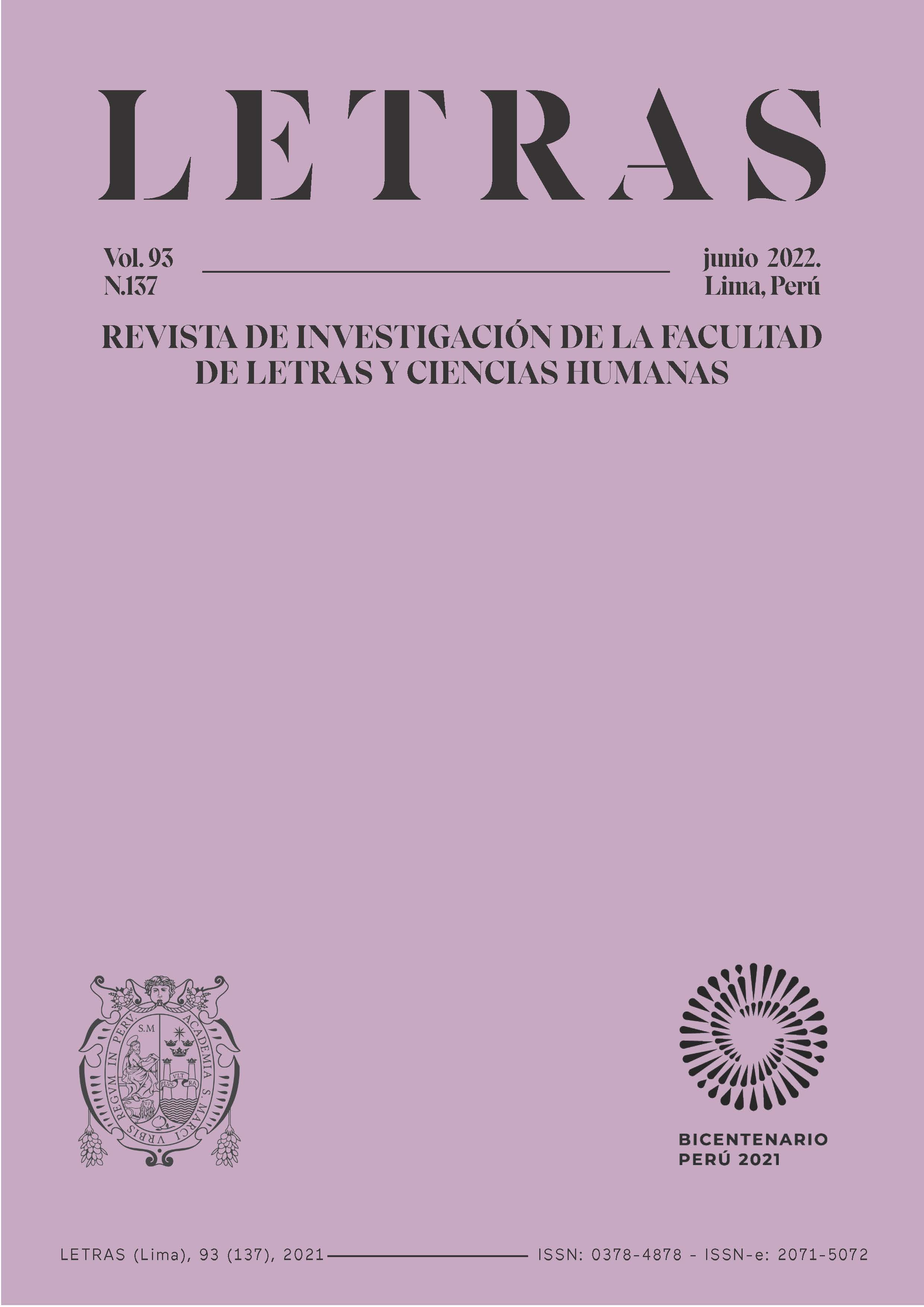Hombres de caminos of Miguel Gutiérrez Correa or How to Narrate the Colonial Violence
DOI:
https://doi.org/10.30920/letras.93.137.10Keywords:
Miguel Gutiérrez Correa, Hombres de caminos, Mixed race, Banditry, Colonial violenceAbstract
The reading of Hombres de caminos (1988), a novel by the Piuran writer Miguel Gutiérrez Correa, has gone through general evaluative judgments; There is, however, no in-depth critical study, even though more than three decades have passed since its publication. In this article, he posits that this novel establishes a continuity of colonial violence embodied in the figure/image of the bandit/banditry. To test this hypothesis, first, it will be explained that this continuity is perpetuated as a thematic nucleus from the narration of the bandit deed in Piura in such a way that the novel will build its narrative from the movement of the mestizo bandit subject of the XIX century towards an indigenous mestizo subject from the beginning of the Colony (or vice versa). In this displacement, it will be evident that the discourse of the class struggle that emerges from the banditry deed is an extension of the discourse of the races of the 16th century. Second, at the structural level, it will be shown that continuity is established through a narrative chain that simulates the “controversies of the Indies” and the tensions between orality that took place during the colonial era.
Downloads
Published
Issue
Section
License
Copyright (c) 2022 Letras (Lima)

This work is licensed under a Creative Commons Attribution 4.0 International License.






